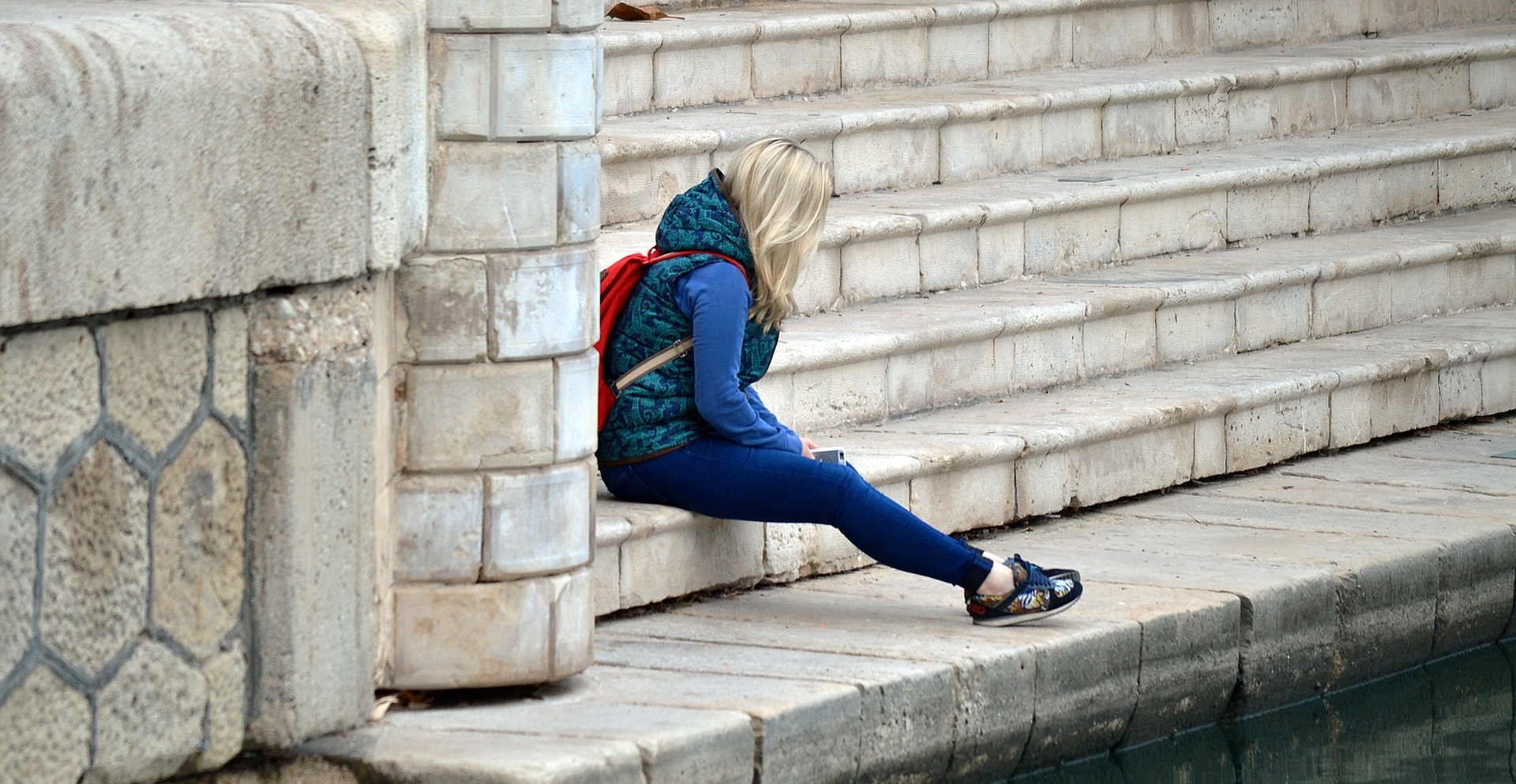This morning, I woke up full of hope and captured a lovely morning sky. All seemed rosy until I began to read stories about the pandemic. My inherited worry gene kicked into full gear. Will our granddaughter enjoy her new school? What about the tires on the car? What if we lose electricity in the coming storm?
My tendency toward worrying comes from years of watching my mother worry. I heard a regular litany of warnings about the dangers in the world.
“Don’t get too close to the edge of the water.”
Stay out of the rain, or you’ll catch a cold.”
“You better not touch that. You don’t know where it’s been.”
How could I not carry some of that with me into adulthood? Even worse, I worried that I imparted the admonitions to my children. Good news. They seem to handle the world much better than I do—most of the time.
Until recently, I never connected my worry habit to anxiety. Anxiety meant fear, and I have always thought of myself as courageous and willing to step out into the unknown. I’m the take charge in an emergency kind of gal. You don’t need to worry because I’ve got this under control.
Well, maybe not.
A podcast changed my view
In a recent podcast, Brené Brown examined our day-to-day patterns of anxiety. She said these behavior patterns emerge from our first families. My mother’s voice rang out in my mind. But where did she learn those patterns?
As Brené described her own experiences, I began to see that what I referred to as worrying bordered closer to anxiety. A few examples in my life stood out.
After the death of my sister, and later, brother, I feared dying and subjecting my mother to losing another child. Every day as I drove to work, I would concentrate on driving safely–white knuckling the steering wheel. I began to take better care of myself. Since then, I have reflected on the emotions that caused this excessive worrying. Reading and studying, I gave myself space to understand and change chronic behavior patterns.
Brené shared three learnings that she referred to as “life-shifting” for her. They put many thoughts into perspective and gave me a new way to think about my “worry” syndrome.
- Anxiety is one of the most contagious emotions. That’s why it always takes down groups of people, not just individuals.
- Calm is also contagious, but it’s a daily intention and practice.
- We all have patterned ways of dealing with anxiety that is often set up in our first families. Understanding how and why can set us free.
In that podcast, I also learned about over- and under- functioning behaviors. Over-functioners move quickly, give advice and micromanage to take control. Under-functioners act less competently and allow others to take over. People describe them as irresponsible or admonish them when they can’t take the pressure.
When Brené listed the characteristics of an over-functioner, I thought for sure she had watched me in action. Got a problem? Move out of the way because I’ve made the list and assigned the tasks. I am in control.
That behavior has consequences. My family or friends don’t have a chance to contribute, and we don’t work as a team to face the challenge. In my obsession to control events, I devalue the help and support of people who care.
Then, the toll on me, the controller, shows up in my shortness with people, my rush to busyness, and my overall health. I’m not a pretty sight. My friends and family sometimes shake their heads and then give up trying to help.
Calm is a practice
2019 became my year for deep reflection on what I hoped to do with the rest of my “one wild and precious life.” Simplicity came to mind and a sense of restorative calm. Forty years of doing rather than feeling left me with the intense need to lean into life—the worrying and the joy.
Brené defines calm practice as: “perspective, mindfulness, and the ability to manage emotional reactivity.”
I understood completely and knew that journey well. You may find solace and your sense of calm in this simple practice suggested by Brené.
- Try to be slow to respond and quick to think. Do I have all the information to respond?
- Stay mindful of the effect calm has on anxious situations. Mirror or match the level of response tone, cadence, and volume. Breathe, slow down, ask questions. Practice non-emotional responses rather than giving in to the automatic reactionary responses we learned from our parents.
- Ask two questions: Do I have enough data to freak out? Will freaking out help the situation?
In Summary
Anxiety and calm are both contagious. You have the power within you to practice calm and change your behaviors. Recognize what you can control and what you cannot and should not.
Some of us have more intense feelings of anxiety that require more substantial help. Don’t wait to reach out for the support you need to live your best life.
So, what does a compulsive worrier do to remain calm? She follows the three steps above and sews 35 face masks while breathing deeply every five minutes.
Be safe. Be brave. Be calm.
“I am not afraid of storms, for I am learning how to sail my ship.”
–Louisa May Alcott

And always—
Be kind. Be brave. Be you.
Image by Quinn Kampschroer from Pixabay
Photo: Morning Sky by Kathryn LeRoy



Leave A Comment